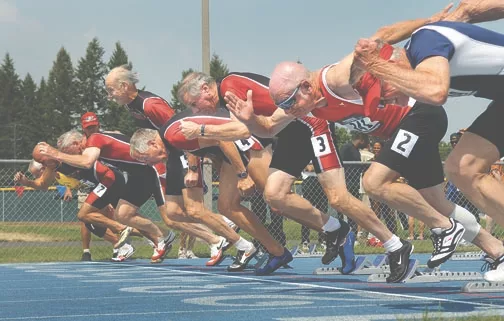Soft year expected for tourism

Tourism is expected to slow further in Spokane and North Idaho in the coming year, though event bookings remain strong, observers say.
Harry Sladich, president and CEO of the Spokane Regional Convention and Visitors Bureau, says a downward trend that began in August likely will continue into 2009, mainly due to a reduction in traveling by individuals. Hotel room nights in Spokane County were on pace to match those of a strong 2007 until August, and since have slipped.
On the other hand, Sladich says 2009 group hotel room bookings for events such as conventions so far are up by 2.3 percent compared with 2008, and such advance bookings for 2010 already have surpassed this year's group bookings. Of the about 1.3 million room nights sold so far in 2008, about 50,250 were for such groups, he says.
Kevin Twohig, executive director of the Spokane Public Facilities District, says that although attendance has been softer at events at the Spokane Convention Center recently due to the economic downturn, bookings for 2009 will be higher than they were for 2008.
Meanwhile, attendance at the Spokane Veterans Memorial Arena surpassed the district's expectations due to better than expected attendance at both Spokane Shock arena football games and Spokane Chiefs hockey games, he says. Bookings for that venue are expected to be strong for 2009, particularly in February, Twohig says, and bookings at the INB Performing Arts Center also are relatively solid for next year, he says.
Still, tourism dollars from sporting events overall likely will fall some next year from this year's $20 million in economic impact, says Suzanne Boyce, the Spokane Regional Sports Commission's director of sponsorship and communications. That slowdown was expected, because some high-profile events that are booked several years in advance won't happen here in 2009.
More important to the commission's economic impact calculations are bread-and-butter events that draw large numbers of participants to the area, such as the Pacific Northwest Qualifier youth volleyball event held here each spring, Boyce says.
"So many of our events are not attendance driven; they are participant driven," Boyce says. She says such events don't soften as much with the economy, since the participants work hard to make it to such events and budget to attend. Last summer's USA Track and Field Masters events, for example, had an upswing in participants to more than 1,100, from the anticipated 950, she says.
Coeur d'Alene and North Idaho hope to maintain their current levels for tourism in the coming year, in contrast to double-digit growth in hotel receipts that those areas experienced last year, says Dani Zibell-Wolfe, vice president of tourism at the Coeur d'Alene Chamber of Commerce. The chamber also administers state grants for the North Idaho Tourism Alliance, which promotes tourism in the five northernmost counties in Idaho, Zibell-Wolfe says.
Last summer, Canadian visitors contributed a lot to the economy, choosing northwest U.S. destinations because of favorable exchange rates. Though gas prices were high in the U.S., they were even higher in Canada, Zibell-Wolfe says.
One trend Zibell-Wolfe says is expected to continue is a rise in tourism from areas within a four-hour drive from Coeur d'Alene.
"We identify those who are closer to us as a real potential market," Zibell-Wolfe says.
Related Articles

_c.webp?t=1763626051)
_web.webp?t=1764835652)

